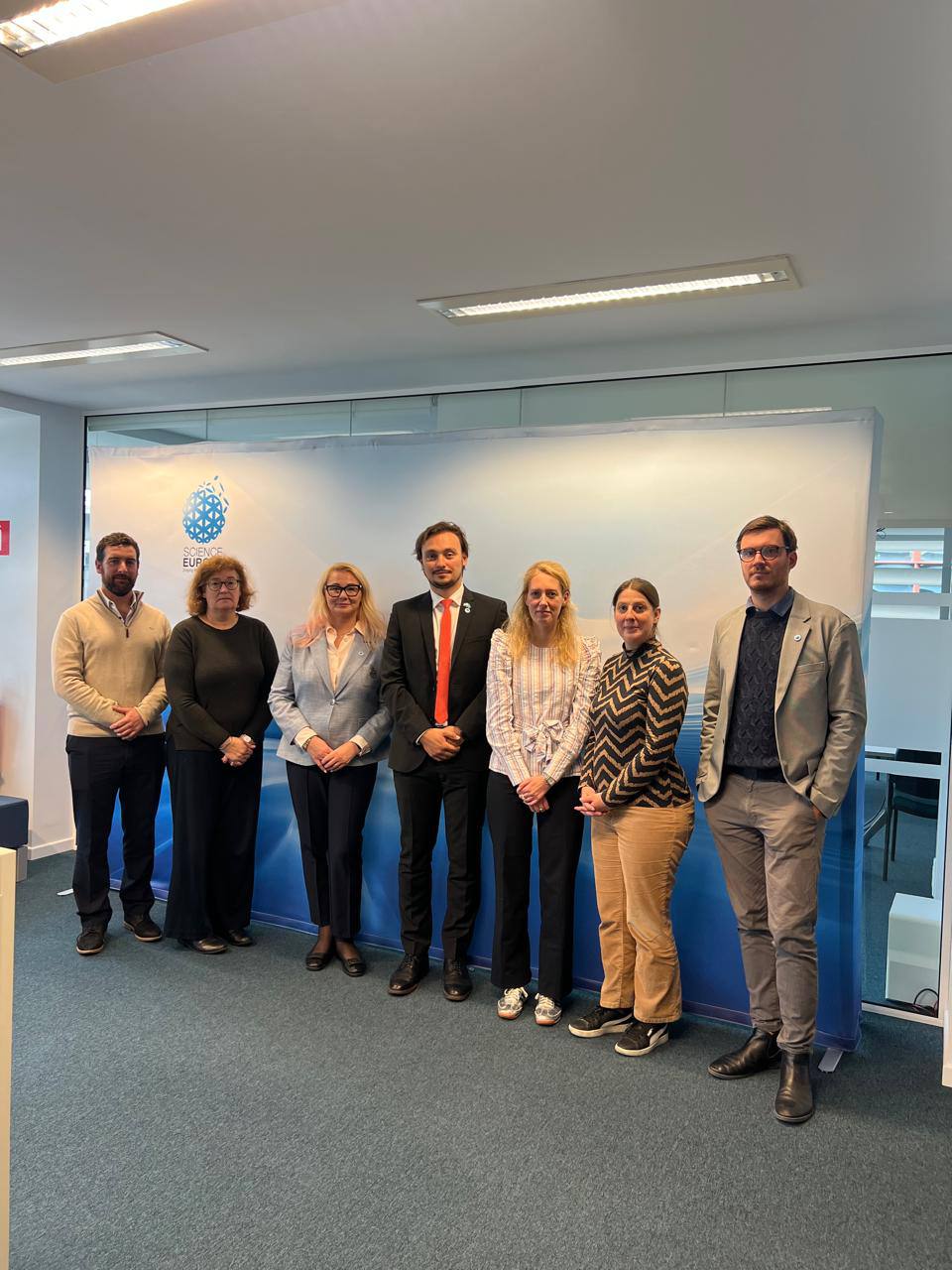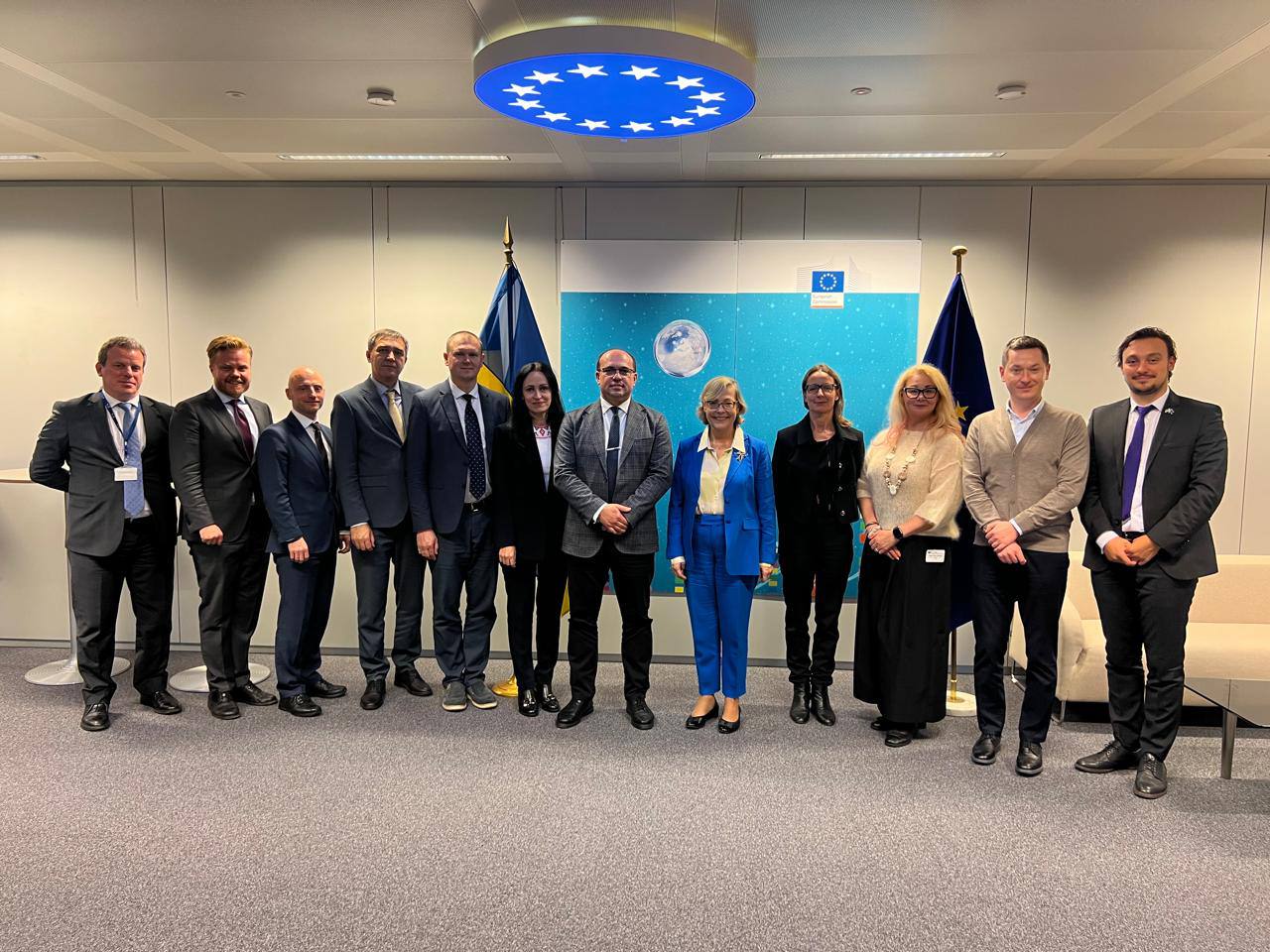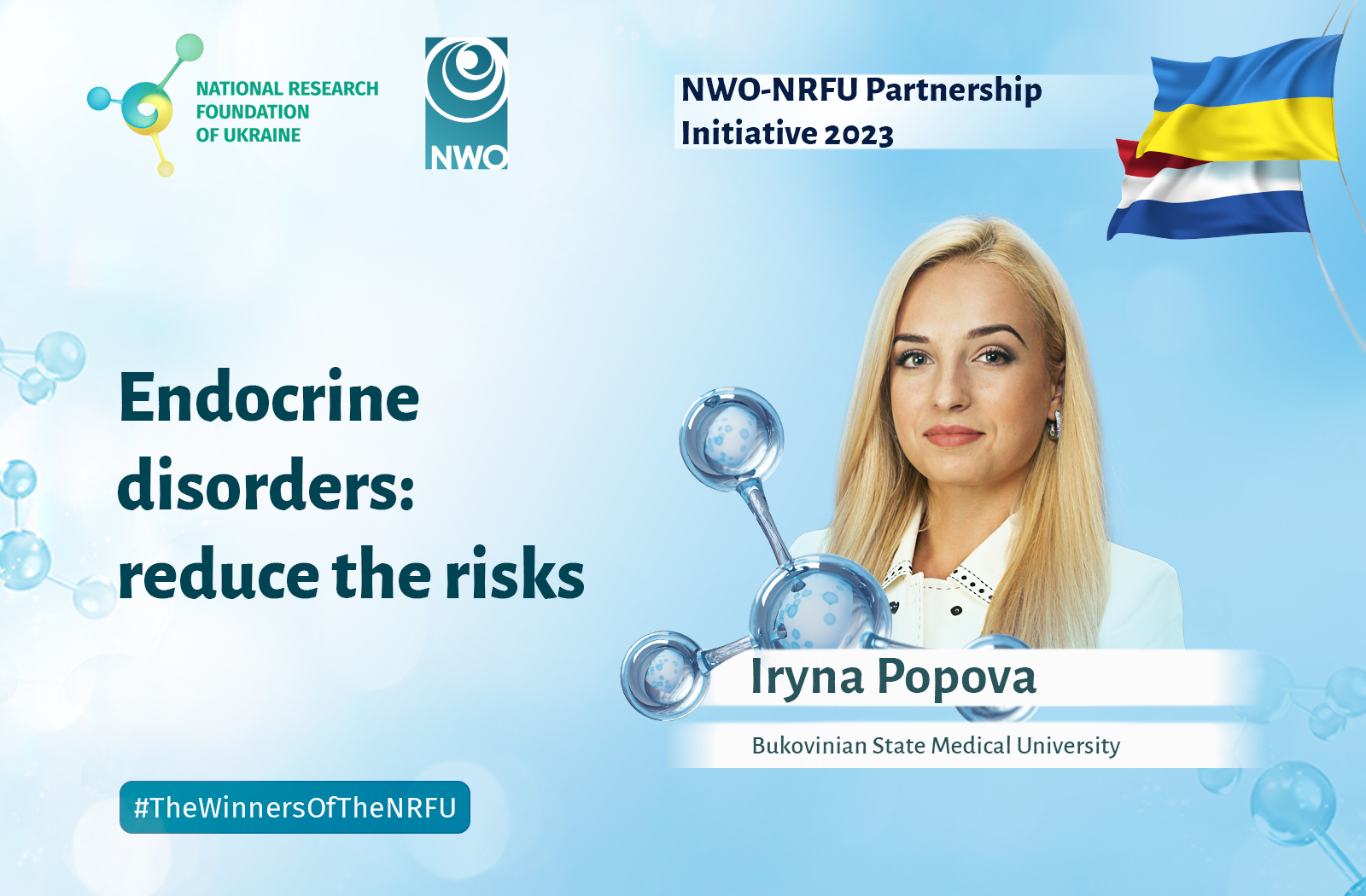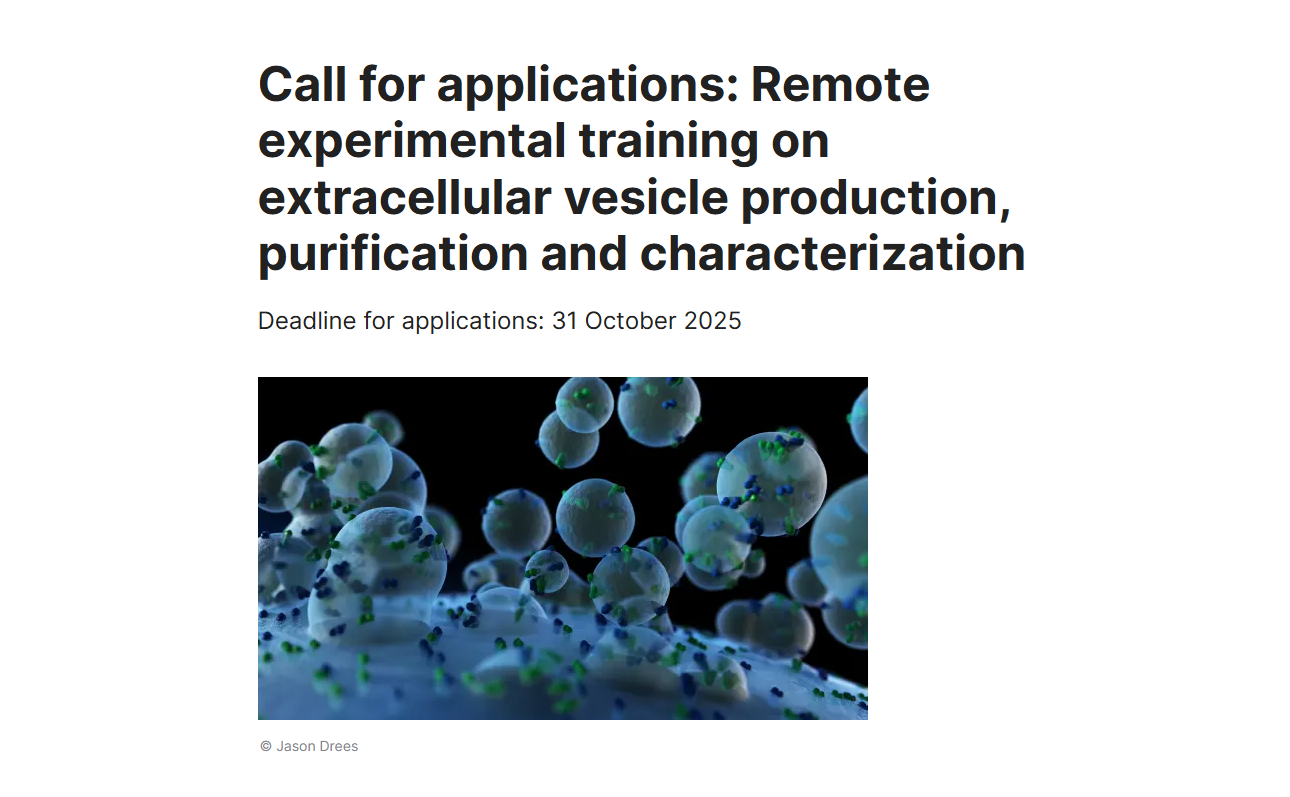Scientists have created materials from which products that have antiviral and antimicrobial action can be made
Imagine the surface of a table, appliance or shelf that viruses and germs cannot “cling to”. This table will come in handy in a train, plane, rocket, medical facility, and a shelf – in any shop or grocery store. Scientists from several research institutions of the National Academy of Sciences and the National Academy of Medical Sciences decided to create materials for such products and technologies for their printing on a 3D printer.
How are welding and protection against infections combined? And how did the idea to create materials with antiviral and antimicrobial action come about?
Vulnerable points of humanity
The project’s supervisor Maksym Yurzhenko said that his team was prompted to choose the topic of the project by the pandemic, because no matter how fast technologies develop, in particular pharmaceuticals, humanity remains vulnerable to infectious diseases, so scientists decided to develop new materials with antiviral and antimicrobial action as well as technologies of their production.
Of course, the writing of the application for the NRFU’s call was preceded by years of work on this topic by each team member.
The names of the members of this team are well known in the scientific world. Professor Eugene Mamunya, author of several world-famous models on the theory of percolation, which describes the ordering of the structure and abrupt changes in the properties of composite materials; Valeriy Demchenko, author of a series of scientific papers in highly rated international journals on the development of copper and silver-containing nanocomposites with effective antimicrobial and antiviral action; Maksym Yurzhenko, co-author of the latest conformational theory of polymer welding – all three are winners of the State Prize of Ukraine in the field of science and technology.
The innovative theme is performed in a completely unique place: the plastics welding department is the only one in Ukraine working on the connection of polymeric materials by welding and surfacing (the latter includes, in particular, 3D printing).
New knowledge in a new laboratory
By the way, when the scientists learned that they had won, they immediately, without waiting for a contract with the NRFU, announced a tender for the purchase of equipment needed to implement the project.
– There was no time and we decided to take a risk, – Maksym Volodymyrovych says. – I am grateful to the National Research Foundation of Ukraine, the staff of the Institute of Electric Welding named after E.O. Paton of the National Academy of Sciences of Ukraine: to the responsible executor of the project Valery Demchenko, managers, accountants, suppliers, lawyers who helped us to hold the tender as quickly as possible. The valuable equipment we purchased became the basis of a new scientific laboratory for polymer materials science. We are also grateful to specialists in various fields who are not participants in the project but provide assistance to the team.
From idea to production
What infections can new materials protect against?
Maxim Yurzhenko said that new polymer composite nanomaterials should have high antimicrobial and antiviral activity against a number of pathogenic microorganisms and viruses. Based on these materials, polymer threads (filaments) are created, and then, using 3D printing technology, a variety of products are made.
– The results of comprehensive research (including microbiological and cytological) and new nanomaterials and 3D products from them, showed that we achieved the project goal – received products with antimicrobial and antiviral activity against, for example, Staphylococcus aureus, H1N1 and adenovirus viruses – proudly says Mt. Yurzhenko. – We would like to test our products for their ability to prevent the spread of coronavirus, but, unfortunately, there are no laboratories in Ukraine with the appropriate level of protection against this virus.
The researcher is convinced that the developed nanomaterials and technologies will be of interest to medical and food companies, the construction industry and even aircraft and rocketry.
And although the scientific goals of the project have been achieved, a lot of things still have to be done to bring the idea into production. Currently, scientists are working, for example, to simplify the technological processes of mass production of developed nanomaterials and filaments. The ultimate goal is the production of products for special purposes and general use using 3D printing technologies.
Both flight of thought and tight planning
Maxim Yurzhenko advises colleagues who plan to take part in NRFU’s calls to prepare applications on topics in which they already have some achievements. In other words, if scientists have an idea, research a certain area, then funding the fund will help buy expensive equipment and make a real scientific breakthrough.
The researcher also advised to plan the tasks according to the stages of the project.
– Keep scientific and organizational issues under constant control, – he said. – Watch both on terms, and on administration, for example, at purchase of the equipment. There are no trifles in a research project, and even a scientific genius will not do without strict planning.
Svitlana GALATA






